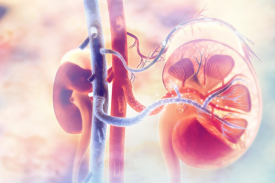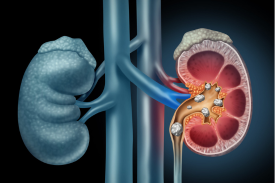Understanding Female Urinary Incontinence: Causes, Types, and Risk Factor
Urinary incontinence is a common yet often overlooked condition that affects many women worldwide. It can significantly impact a woman’s quality of life, leading to embarrassment, social isolation, and a decrease in overall well-being. In this article, we’ll delve into the causes, types, and risk factors of female urinary incontinence, shedding light on this important but often misunderstood issue.
What is Urinary Incontinence?
Urinary incontinence refers to the involuntary leakage of urine, leading to an inability to control bladder function adequately. This condition can manifest in various forms and severity levels, ranging from occasional leakage with coughing or sneezing to a complete loss of bladder control.
Causes of Female Urinary Incontinence:
Urinary incontinence in women can arise from a variety of underlying factors, including:
- Pelvic Floor Weakness: Weakness or damage to the muscles of the pelvic floor, often resulting from childbirth, aging, or hormonal changes, can contribute to urinary incontinence.
- Bladder Dysfunction: Conditions such as overactive bladder (OAB), urinary tract infections (UTIs), and bladder irritants can lead to urinary urgency, frequency, and leakage.
- Neurological Disorders: Neurological conditions affecting the nerves controlling bladder function, such as multiple sclerosis (MS), stroke, or spinal cord injury, can disrupt normal urinary control mechanisms.
- Hormonal Changes: Fluctuations in hormone levels, particularly during pregnancy, childbirth, and menopause, can influence bladder function and contribute to urinary incontinence.
Types of Urinary Incontinence: Urinary incontinence can be categorized into several main types, each with its own unique characteristics:
- Stress Incontinence: This type of incontinence occurs when physical activities such as coughing, sneezing, laughing, or lifting exert pressure on the bladder, causing urine leakage. It is often associated with weakened pelvic floor muscles and sphincter dysfunction.
- Urge Incontinence: Also known as overactive bladder (OAB), urge incontinence involves a sudden and intense urge to urinate, followed by involuntary leakage before reaching the restroom. It is characterized by bladder muscle spasms and is commonly associated with conditions such as OAB syndrome.
- Mixed Incontinence: Mixed incontinence refers to a combination of stress and urge incontinence symptoms, where individuals experience both leakage with exertion and sudden urges to urinate.
- Overflow Incontinence: Overflow incontinence occurs when the bladder fails to empty completely, leading to constant or frequent dribbling of urine. It is often associated with conditions such as bladder outlet obstruction or nerve damage.
Risk Factors for Female Urinary Incontinence: Several factors may increase a woman’s risk of developing urinary incontinence, including:
- Childbirth: Vaginal delivery, especially multiple or traumatic births, can lead to pelvic floor muscle weakness and nerve damage, increasing the risk of urinary incontinence.
- Menopause: Hormonal changes associated with menopause can lead to thinning and weakening of the vaginal tissues and pelvic floor muscles, predisposing women to urinary incontinence.
- Age: Aging is a significant risk factor for urinary incontinence, as pelvic floor muscles weaken and bladder capacity decreases over time.
- Obesity: Excess weight puts added pressure on the bladder and pelvic organs, increasing the risk of stress incontinence and other bladder control issues.
- Smoking: Smoking is associated with chronic coughing, which can exacerbate stress incontinence symptoms. Additionally, smoking may impair bladder function and increase the risk of bladder cancer.
Seeking Professional Help:
If you’re experiencing symptoms of urinary incontinence, it’s essential to seek evaluation and treatment from qualified healthcare professionals. Dr. Swati Mhaske, a respected Gynecologist & Obstetrician, and Dr. Sunil Mhaske, a Consultant Urologist at Pune Institute Of Nephro Urology (PINU) in Pimple Saudagar, are experts in the diagnosis and management of urinary incontinence in women. They provide comprehensive care and personalized treatment plans tailored to each patient’s specific needs, helping women regain control and improve their quality of life.
Summary:
In Summary, understanding the causes, types, and risk factors of female urinary incontinence is crucial for effective management and treatment. By raising awareness and seeking timely intervention from experienced healthcare professionals like Dr. Swati Mhaske and Dr. Sunil Mhaske at PINU, women can take proactive steps towards regaining bladder control and enjoying a fulfilling life free from the limitations of urinary incontinence.




